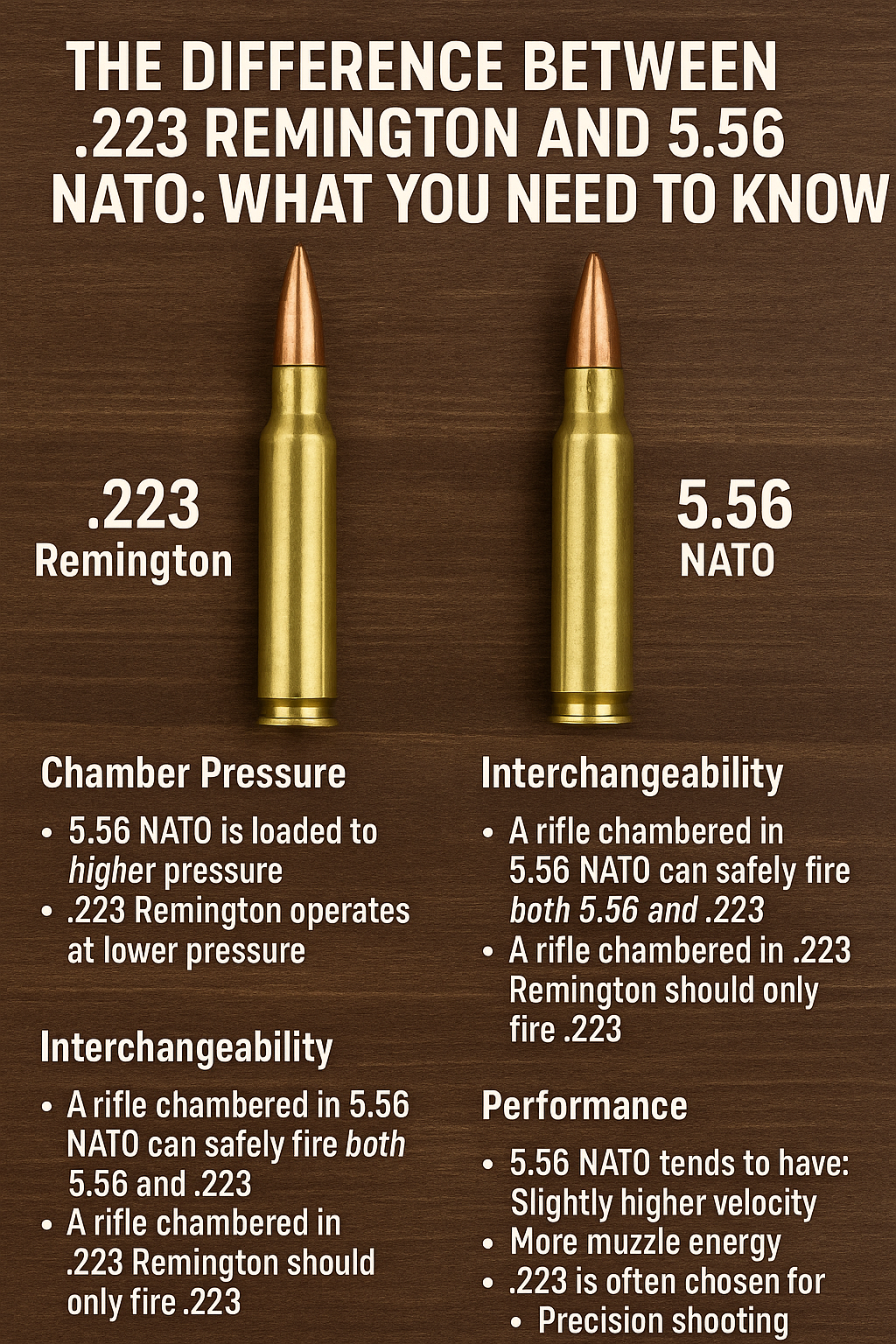
The Difference Between .223 Remington and 5.56 NATO: What You Need to Know
When it comes to AR-style rifles, the debate between .223 Remington and 5.56 NATO is one of the most common in the firearms community. At first glance, these rounds appear nearly identical—but the differences can impact safety, performance, and compatibility. Let’s break down what sets them apart.
1. Chamber Pressure
The most significant difference between .223 and 5.56 lies in chamber pressure.
-
5.56 NATO is loaded to higher pressure and is designed for military-grade firearms with chambers that can handle that added stress.
-
.223 Remington operates at lower pressure, making it better suited for civilian rifles specifically chambered in .223.
This means firing 5.56 in a rifle designed only for .223 can lead to overpressure issues—which isn’t just bad for your gun, it’s a potential safety risk.
2. Chamber Dimensions
5.56 NATO chambers are slightly larger, particularly in the leade (the distance between the bullet and the rifling). This extra space allows the bullet to travel slightly farther before engaging the rifling, reducing pressure.
.223 chambers are tighter, and firing higher-pressure 5.56 in a .223 chamber can cause increased wear, poor accuracy, or even damage.
3. Interchangeability
-
A rifle chambered in 5.56 NATO can safely fire both 5.56 and .223.
-
A rifle chambered in .223 Remington should only fire .223.
-
.223 Wylde chambers split the difference—designed to safely and accurately shoot both calibers.
Always check your barrel markings and manufacturer specifications before loading up.
4. Performance
5.56 NATO tends to have:
-
Slightly higher velocity
-
More muzzle energy
-
Better performance in military-style applications
.223 is often chosen for:
-
Precision shooting
-
Reduced recoil
-
Cost-effective target practice
Final Thoughts
While .223 and 5.56 rounds may look the same, the differences in pressure and chamber design are critical. Understanding what your rifle is chambered for—and the implications of mixing the two—can keep you safe and help you get the best performance.
When in doubt? Stick to the caliber your rifle is marked for.

Hey very nice blog!
Hi mates, how is all, and what you wish for to say about this piece of writing,
in my view its in fact remarkable for me.